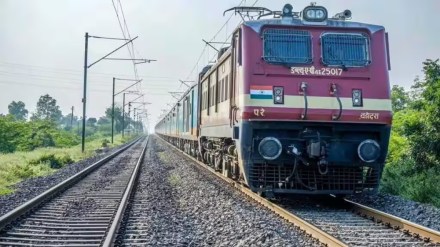The Railway Board is in talks to introduce non-air conditioned, general-category trains to cater to low-income groups like migrant workers and labourers across the country.
Senior Railway officials on Wednesday (July 19) said that special trains are run during festival time or in summer for the lower income groups, however, with overcrowding in passenger trains becoming a concern, it has been proposed to make such arrangements a permanent fixture.
This development comes after a study identified states with a significant number of low-income passengers facing long waitlisted ticket periods.
As per the Railway officials, these new trains are likely to start running from January 2024 and will be of non-air-conditioned LHB coaches. These trains are likely to have only sleeper and general class service. It may be noted that Railways are yet to come up with a name for these trains.
Earlier, during the coronavirus crisis, the Railways had run migrant special trains for workers to return to their native places.
New trains to run from UP, Bihar, Jharkhand and other states
According to the Railway Board, the new special trains are being planned for states of Uttar Pradesh, Bihar, Jharkhand, Chhattisgarh, Orissa, West Bengal, Punjab, Assam, Gujarat, Delhi, Tamil Nadu, Maharashtra, Andhra Pradesh.
Most of the skilled-unskilled workers, artisans, labourers and others from these states go to metros and big cities for work, officials said.
“Trains will be run for these people in which only sleeper-general class coaches will be engaged.
“The migrant special trains will have a minimum of 22 to a maximum of 26 coaches. These will be run permanently throughout the year instead of seasonally,” said an official.
They will also be included in the regular timetable, enabling passengers to make reservations in advance.
In another development, officials said that to make Indian Railways future-ready, only two kinds of coaches will be kept in service eventually – LHB coaches and the others with Vande Bharat coaches.
Currently, there are 28 types of coaches in service. “This will reduce the repair cost. And travel will be cheaper,” an official said.
(With agency inputs)
